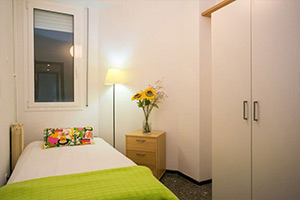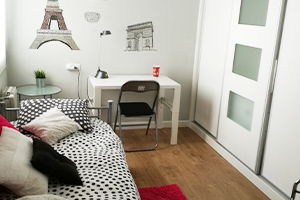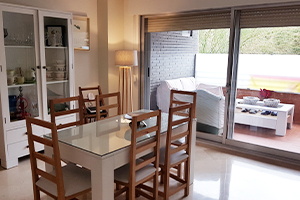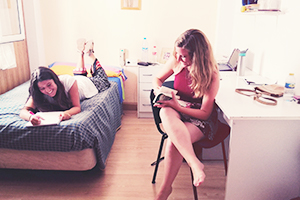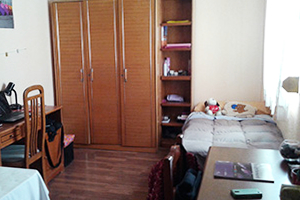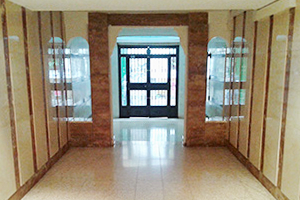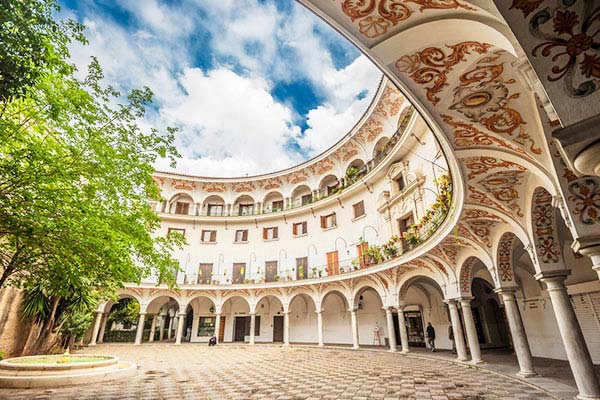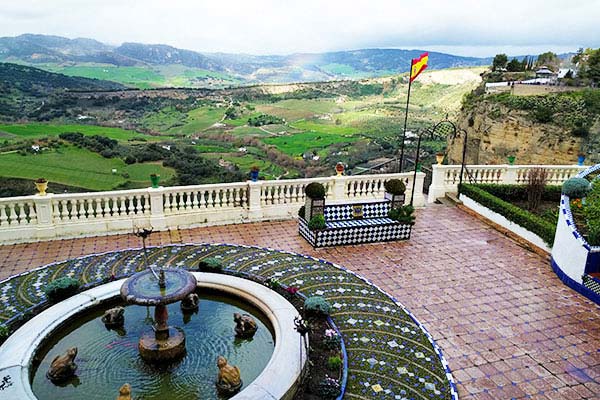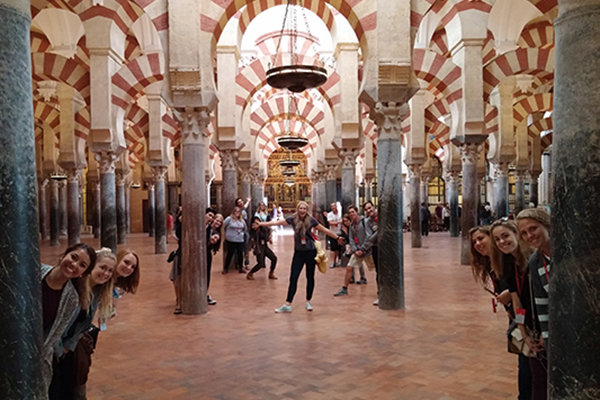
Intensive Spanish Language
Granada, Spain
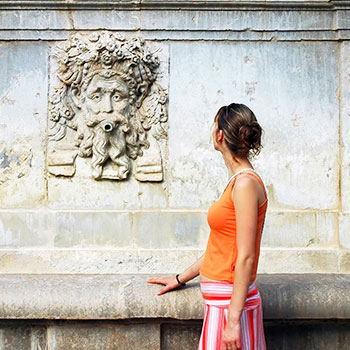
About the Program
Improve your Spanish proficiency in a short period of time at the University of Granada’s esteemed Centro de Lenguas Modernas. Courses are available for all levels of language learners in this summer program. You may choose to add an optional elective course, taught in Spanish, with a focus on Spanish culture, geography, history, or literature of Spain. Language courses focus on listening comprehension, oral expression, grammar, and written expression/comprehension and are designed for your specific level of Spanish proficiency. Explore student life in Granada as you immerse into Spanish culture and hone your language skills. In addition, you can complete a ACTFL Official Oral Proficiency Interview (OPI) at the CEA CAPA office to prove your language ability, whether it be for future employers or to become a foreign language teacher.
Requirements
Overview
Granada
4/29/24 - 6/29/24
$9,895
10 - 11
Deadlines
Closed
3/15/24
Requirements
Eligibility
2.5
All Levels
High School Graduate
Where You'll Study
Credits
Program Structure & Courses
Elective courses meet for 10-23 contact hours/1 credit. You may earn 5-6 credits (up to 103 contact hours) in June or July. If you combine June and July sessions, you may earn up to 10-12 credits (up to 206 contact hours).
Courses meet Monday-Friday. Active learning components required by your courses may be scheduled for Fridays.
Prior to departure, you will select your preferred courses. You'll take a language placement exam after you arrive in Granada. You will be enrolled into courses based on their availability. It is in your best interest to have multiple alternative courses approved by your home university prior to your departure due to course availabilities. To ensure that you receive credit for the language level you place into, have your home school pre-approve courses at several levels before you leave for Spain. Please consult with your academic advisor at your home university on credit pre-approval guidelines.
All Levels Course Structure
View Term
Available Levels
Courses
The host institution has offered the following courses in the past. Please note that course listings will not be finalized until the start of the term.
*Courses with an asterisk indicate that the course has been associated with multiple subject areas.
Please click on the course title to view additional subject areas and detailed course information.
| Course Name | Level | Lang | Hours | Credits |
|---|---|---|---|---|
| Advanced Spanish | 300 | Sp | 80 | 5 |
| Beginner Spanish | 100 | Sp | 80 | 5 |
| Elementary Spanish | 100 | Sp | 80 | 5 |
| High Advanced Spanish | 400 | Sp | 80 | 5 |
| High Intermediate Spanish | 300 | Sp | 80 | 5 |
| Intermediate Spanish | 200 | Sp | 80 | 5 |
| Lower Intermediate Spanish | 200 | Sp | 80 | 5 |
| Proficiency Spanish | Graduate | Sp | 80 | 5 |
| Superior Spanish | 400 | Sp | 80 | 5 |
Interested in taking your career to the next level?
Where You'll Stay
*Housing options may change and will be confirmed on the housing application form prior to the start of the term. Below are the housing options that have been offered in the past.
Excursions
Get out and explore! Excursions are offered for most semester, year, and summer programs. Semester students are typically offered between two to three excursions and summer study students are typically offered between one to two excursions. You'll receive a calendar of excursions during orientation; here are a few day and overnight excursions we've offered in the past.
What's Included in your Program
From housing to excursions, our programs include a variety of inclusions to enhance your study abroad experience! Here are examples that may be available in Granada. Inclusions vary by program – please contact our Enrollment and Advising team to find out what options are available for you.
- Personalized Pre-Departure Advising
- Visa & Immigration Advising
- Financial Advising
- Tuition and Registration
- Airport Pick-up
- Onsite Orientation
- City Tour
- Onsite Staff Support
- 24/7 Emergency Assistance
- Travel Medical Insurance
- International Emergency Service Support
- Welcome & Farewell Events
- Centrally Located Housing
- Wellness Activities
- Cultural Engagement
- Language Exchanges
- Volunteer Opportunities
- Excursions
- Host Institution Services & Amenities
- Career & Re-entry Workshop
- Official Transcript(s)
Sample Calendar
Below is a tentative itinerary for your program. Please note, dates and events below may change without prior notification. Contact CEA CAPA before purchasing airline tickets.
You will receive a finalized itinerary once you arrive onsite.
Note: Additional cultural activities/excursions or required course-related activities may be incorporated into your final itinerary. You are advised not to make personal travel arrangements until you have the final dates.
| Date | Description |
|---|---|
|
April 29
|
Arrival/Program Begins
Official Program Start Date. Students must arrive at the Granada (GRX) airport on this date in order to be eligible for airport pickup. Students will then be transferred to their assigned housing. |
|
April 30
|
Orientation
Mandatory CEA CAPA Orientation will be held. |
|
May 01
|
Holiday
Labor Day. No classes will be held. |
|
May 02
|
Classes Begin
Classes begin at University of Granada on this day. |
|
May 06 - 10
|
Cultural Activity
Visit to the Arabic Granada this week. |
|
May 11
|
Excursion
CEA CAPA Daytrip to the Sierra Nevada mountains: the Alpujarra. |
|
May 13 - 17
|
Cultural Activity
Guided visit to the Alhambra & Generalife this week. |
|
May 20 - 24
|
Cultural Activity
Visit to the Sacromonte Abbey this week. |
|
May 29
|
Classes End
This is the last day of May classes at Universidad de Granada. |
|
May 30 - 31
|
Holiday
Corpus Christi holidays. No classes will be held. |
|
June 04
|
Classes Begin
June classes begin at Universidad de Granada on this day. |
|
June 08 - 09
|
Excursion
CEA CAPA overnight trip to Sevilla & Ronda. |
|
June 15
|
Excursion
CEA CAPA daytrip to the Sierra Nevada mountains: the Alpujarras. |
|
June 17 - 20
|
Cultural Activity
Churros con chocolate this week. |
|
June 20
|
Farewell Reception
Flamenco show at the Sacromonte neighborhood. |
|
June 28
|
Classes End
This is the last day of June classes at Universidad de Granada. |
|
June 29
|
Program Ends/Move-Out
Official Program End Date. Students must move out of housing no later than this day at noon. |
Sample Budget
This budget contains costs that you can take to your financial aid office. Please note that amounts may fluctuate; we've included a range of costs.
Federal law allows the use of financial aid to cover "reasonable" costs of study abroad including round-trip transportation, tuition and fees for the program, living costs, passport and visa fees, health insurance, and more.
Please note that all costs and charges listed below are subject to change without notice. With the exception of Program Price, all costs are estimates and may vary.
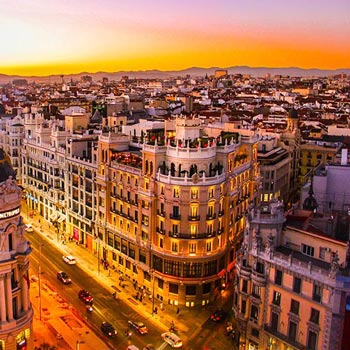
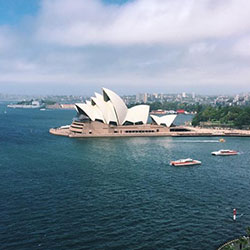
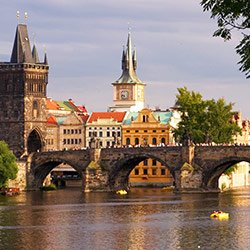
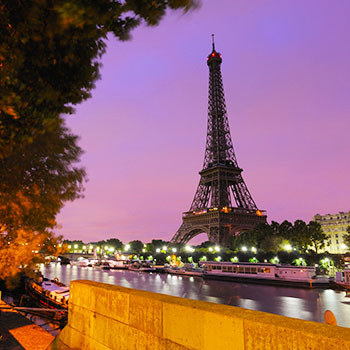
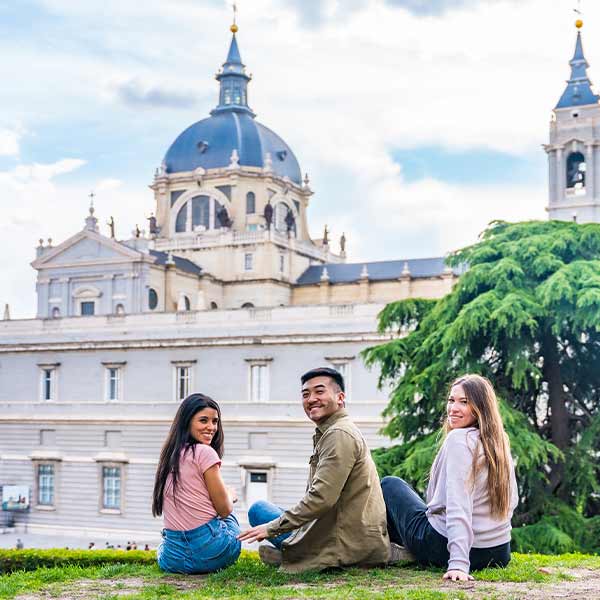
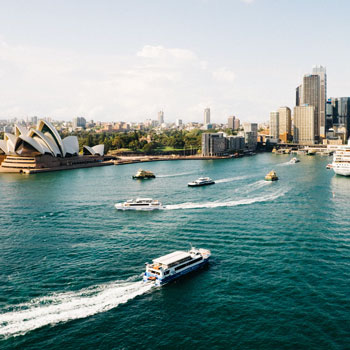










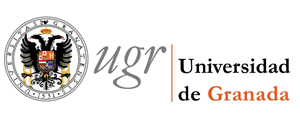














.jpg)
